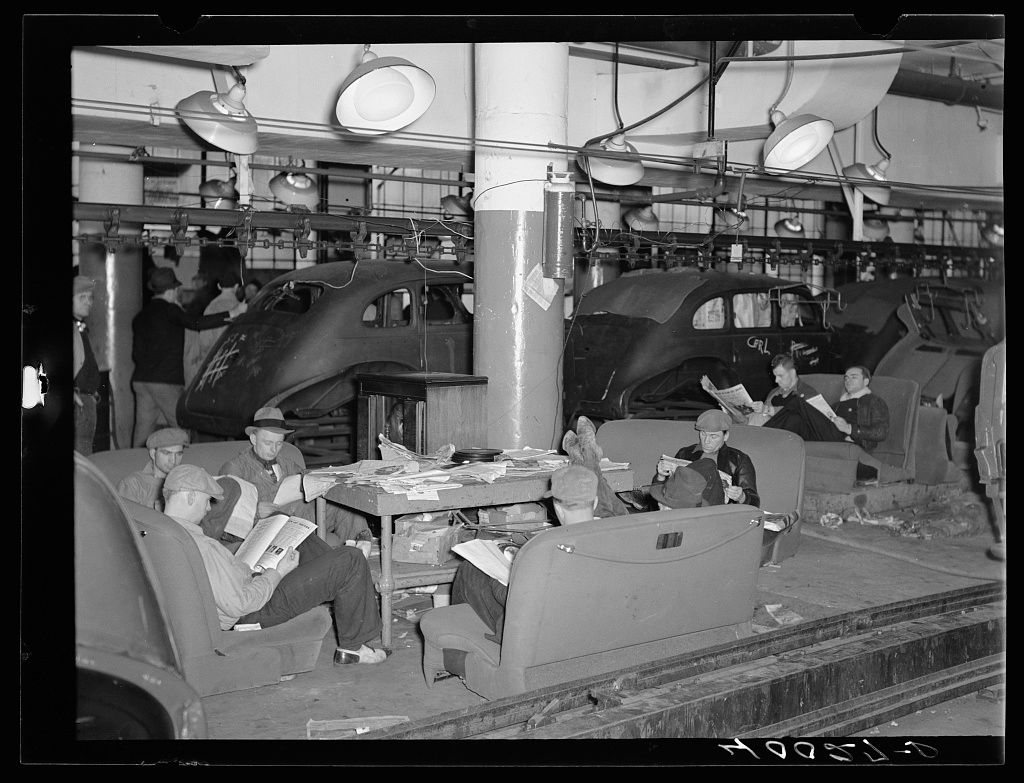“It is time that all Americans realized that the place of labor is side by side with the businessman and with the farmer, and not one-degree lower,”
-U.S. President Harry S. Truman
If you’re planning to organize your workplace, it’s crucial to understand how unions and the laws that govern them differ from sector to sector.
A little over 10 percent of workers in the United States are represented by a union, though the rates at which employees collectively bargain for wages and benefits are unevenly distributed across fields and have shifted throughout the decades. As of the end of 2020, 1 out of 3 public sector workers are represented by a union compared with just 1 out of 20 in the private sector.
Having a sense of the regulations governing organizing efforts in workplaces like yours will empower you to make the most strategic decisions from the outset. While any employed person can form a union among coworkers to bargain for material gains from their boss, in the United States, the majority of legally recognized labor organizations, which receive certain protections, fall into the following two groups.
Private Unions
To put it plainly: private unions are labor organizations that advocate on behalf of workers in industries made up of companies owned by private individuals.
About 85 percent of U.S. workers are private employees. For those ready to collectively demand a seat at the negotiating table for just pay and benefits, gaining recognition from the National Labor Relation Board (NLRB) is key to obtaining full legal protection.
Once a union is certified through the NLRB, an employer is legally required to bargain in good faith with that union. In order to be recognized, workers must voluntarily receive recognition of their union from their employer or form a bargaining unit among those in similar positions and have a majority of that group vote for union representation. The formal processes to elect representation and call out unfair labor practices are detailed on the NLRB website.
The existence of this certification process is thanks to the National Labor Relations Act (NLRA) of 1935, which created the NLRB and guaranteed private employees the rights to form trade unions and collectively bargain. The subsequent passage of the Labor Management Relations Act of 1947 defined additional unfair labor practices and allowed states to pass “right to work” policies that allow non-union and union members to be employed at the same workplace. 27 states have since passed “right to work” laws so be sure to check the National Conference of State Legislatures (NCSL) database to see if and how they affect you.

It’s important to note that government employees and those in the agricultural, railroad, and airline industries are governed by separate sets of regulations than that of the NLRA. You should check out our article “Eligibility: who can join a union?” for additional information on how unions operate in some of the above-listed industries under U.S. law.
Public Unions
“We have the power, in a sense, to elect our own boss,”
-Victor Gotbaum, American Federation of State, County, and Municipal Employees, New York City
Civil servants keep the government and many of our social services running, and the unions who represent 34 percent of them work to better their quality of life. Public unions fight for public school teachers, firefighters, first responders, postal workers, and legislative staff, to name a few.
Unions in the public sector are regulated by frameworks enacted at the municipal, state and federal levels, some of which date back to the 1950s. Legislative bodies such as city councils, state legislatures and Congress hold the power to approve or reject contracts, and strengthen or weaken public worker protections. Mayors, governors and presidents have final say in the end.
Understanding the political landscape and corresponding laws that govern public employee protections in your town and state is an important first step when deciding whether or not to form or join a public sector union. To see some of the latest regulations governing labor policy in states across the U.S., use this NCSL database.
The courts at both the state and federal levels have also played a major role in shaping the limits and freedoms of public unions. In 2018, the conservative-leaning Supreme Court ruled to restrict the rights of public unions in the case Janus v. AFSCME, upending the longstanding process by which public labor organizations have received collective bargaining fees from employees.
Takeaway
Whether you’re a public school teacher or cafeteria worker who’s employed by a private contractor down the hall, you have a right to a seat at the negotiating table.



